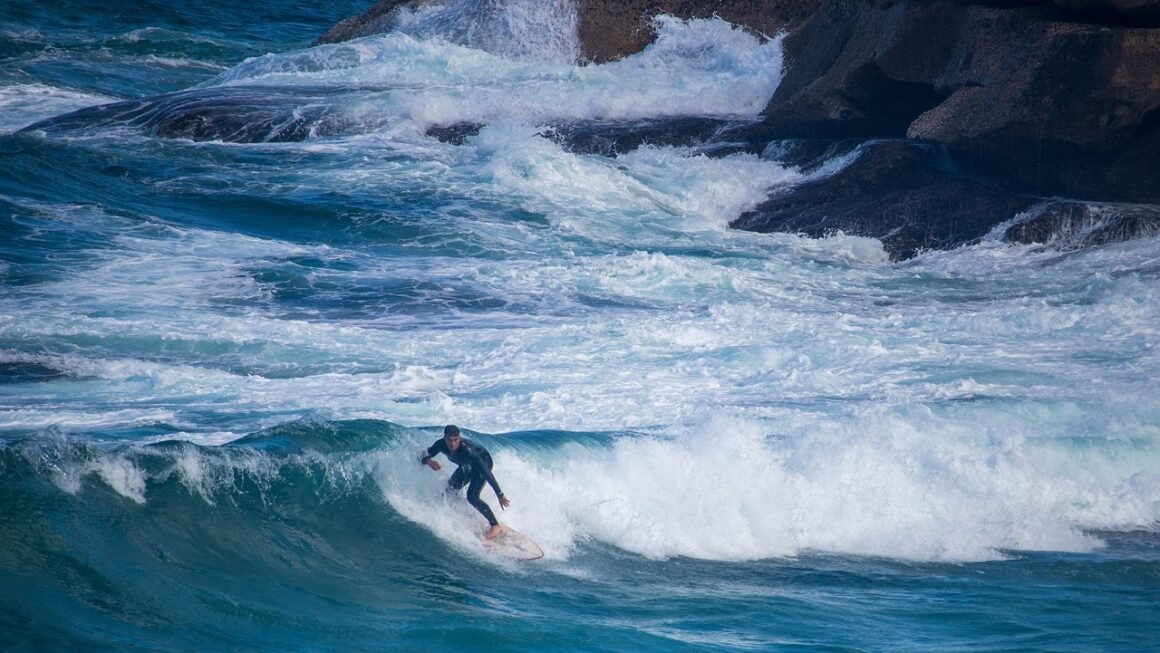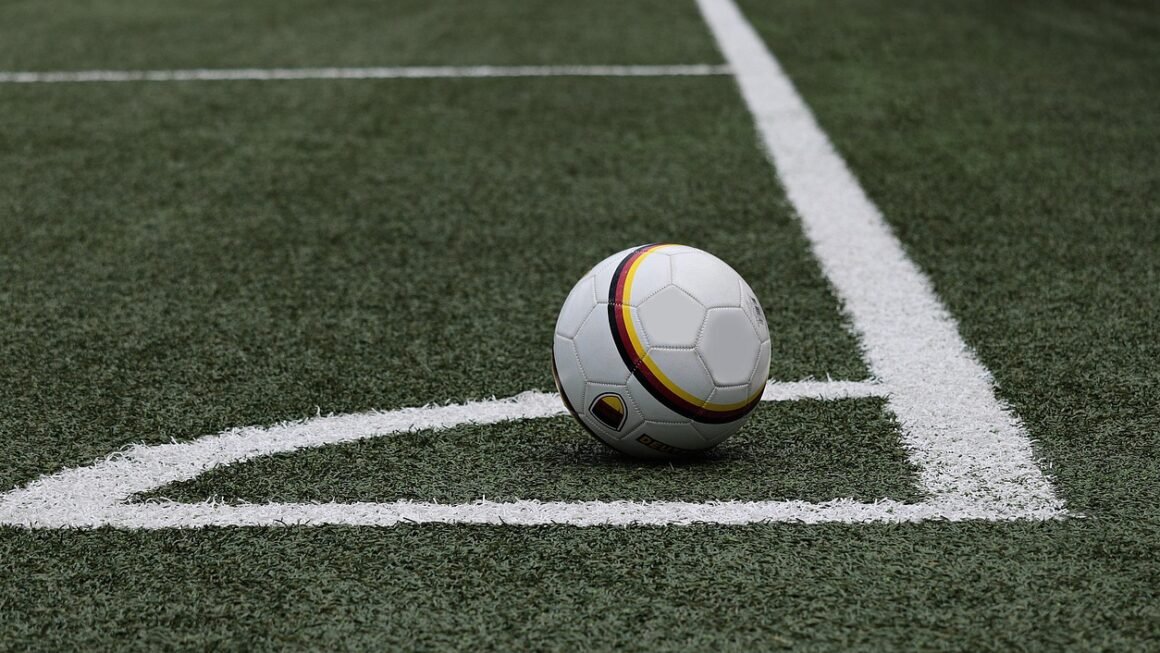Surfing: the art of riding waves, the thrill of the ocean’s power, and a connection to nature that few other sports can offer. Whether you’re a seasoned pro carving up giants or a complete beginner just starting to paddle, surfing offers something for everyone. This blog post will delve into the fascinating world of surfing, covering everything from its rich history and diverse styles to essential gear, techniques, and the best surf spots around the globe. So, grab your board (or your towel!), and let’s ride into the exhilarating world of surfing.
A Brief History of Surfing
Origins in Ancient Polynesia
Surfing’s roots can be traced back centuries to ancient Polynesia, where it was far more than just a sport; it was deeply interwoven with their culture and social hierarchy. Early Polynesians used surfing to demonstrate their skill, courage, and connection to the ocean. It was a practice reserved primarily for royalty and high-ranking members of society.
- Surfing was known as “he’e nalu” which translates to “wave sliding”.
- Boards were made from local trees like koa and were considered sacred objects.
- Chiefs would often prove their dominance by surfing the biggest waves.
Modern Surfing’s Rise
The modern revival of surfing began in the early 20th century in Hawaii, thanks in large part to the legendary Duke Kahanamoku, an Olympic swimmer and avid surfer who traveled the world promoting the sport. His passion and charisma helped introduce surfing to a global audience.
- Duke Kahanamoku is often referred to as the “Father of Modern Surfing.”
- The invention of the lightweight surfboard in the mid-20th century made surfing more accessible.
- The cultural influence of surfing grew exponentially in the 1960s with the rise of surf rock music and surf films.
Different Styles of Surfing
Shortboarding
Shortboarding is the most common and arguably most dynamic style of surfing. It emphasizes speed, maneuverability, and performing radical maneuvers on the wave.
- Board Length: Typically 5’6″ to 6’8″.
- Wave Type: Best suited for steeper, more powerful waves.
- Techniques: Emphasizes sharp turns, aerials, and tube riding.
Longboarding
Longboarding offers a more traditional and graceful approach to surfing. It focuses on gliding smoothly across the wave, stylish footwork, and classic maneuvers.
- Board Length: Usually 9’0″ or longer.
- Wave Type: Ideal for smaller, mellower waves.
- Techniques: Includes walking the board, cross-stepping, and drop knee turns.
Tow-in Surfing
Tow-in surfing involves being towed into massive waves by a personal watercraft (PWC) or helicopter. This style of surfing allows surfers to ride waves that are too large and fast to paddle into.
- Wave Size: Used for waves exceeding 30 feet.
- Equipment: Requires a PWC, tow rope, and specialized boards.
- Risks: Extremely dangerous due to the size and power of the waves.
Other Styles
Beyond these core styles, surfing encompasses a diverse range of disciplines, each offering a unique experience:
- Bodyboarding: Riding waves on a short, rectangular board, often prone.
- Stand-Up Paddleboarding (SUP): Surfing with a paddle on a large, stable board.
- Kneeboarding: Surfing while kneeling on a board.
Essential Surfing Gear
The Surfboard
The most crucial piece of equipment is, of course, the surfboard. Choosing the right board is essential for your skill level and the type of waves you plan to ride. Factors to consider include length, width, thickness, and tail shape.
- Beginner Boards: Larger, wider, and thicker boards provide more stability and buoyancy.
- Intermediate Boards: Progress to shorter, more maneuverable boards as your skills improve.
- Advanced Boards: Choose boards designed for specific wave types and riding styles.
Wetsuit or Rashguard
Depending on the water temperature, you’ll need either a wetsuit or a rashguard. Wetsuits provide thermal insulation, while rashguards protect your skin from the sun and board rash.
- Wetsuit Thickness: Choose the appropriate thickness based on water temperature (e.g., 3/2mm for mild temperatures, 5/4mm for cold temperatures).
- Rashguards: Available in various styles (long-sleeved, short-sleeved, tank tops) and offer UV protection.
Leash
A leash connects your surfboard to your ankle, preventing it from drifting away after a wipeout. Always use a leash, as a runaway surfboard can be dangerous to yourself and others.
- Leash Length: Choose a leash that is approximately the same length as your surfboard.
- Leash Swivel: Ensure the leash has a swivel to prevent tangling.
Other Important Gear
Beyond the essentials, consider these additional items for a more comfortable and safer surfing experience:
- Surf Wax: Apply wax to the deck of your surfboard to improve grip.
- Sunscreen: Protect your skin from harmful UV rays with a high SPF sunscreen.
- Ear Plugs: Help prevent surfer’s ear (exostosis) by keeping water out of your ears.
- Board Bag: Protect your surfboard during transport and storage.
Basic Surfing Techniques
Paddling
Effective paddling is fundamental to surfing. It allows you to position yourself correctly, catch waves, and navigate the lineup. Use long, smooth strokes, keeping your body centered on the board.
- Technique: Paddle from your shoulders, not just your arms.
- Body Position: Arch your back slightly to improve paddling efficiency.
- Look Ahead: Focus on the wave you want to catch.
Pop-Up
The pop-up is the transition from paddling to standing on your surfboard. It requires speed, balance, and coordination. Practice on land first to develop muscle memory.
- Step 1: Paddle aggressively as the wave approaches.
- Step 2: Place your hands flat on the board, just below your chest.
- Step 3: Push up and bring your feet under your body in a smooth, fluid motion.
- Step 4: Maintain a balanced stance with your knees slightly bent.
Riding the Wave
Once you’re up on the board, focus on maintaining your balance and riding the wave. Shift your weight to steer and control your direction.
- Weight Distribution: Lean forward to gain speed, and back to slow down.
- Looking Ahead: Look in the direction you want to go.
- Practice: Consistent practice is key to improving your wave-riding skills.
Surfing Etiquette
Adhering to proper surfing etiquette is essential for ensuring a safe and enjoyable experience for everyone in the water.
- Right of Way: The surfer closest to the peak of the wave has the right of way.
- Don’t Drop In: Never paddle in front of someone who is already riding the wave.
- Paddle Wide: When paddling out, paddle wide of the lineup to avoid interfering with other surfers.
- Respect Localism: Be respectful of local surfers and their culture.
Top Surfing Destinations Around the World
Hawaii, USA
Hawaii is the birthplace of surfing and remains a world-renowned surfing destination. From the legendary waves of the North Shore of Oahu to the gentler breaks of Waikiki, Hawaii offers something for surfers of all skill levels.
- North Shore, Oahu: Home to iconic waves like Pipeline, Sunset Beach, and Waimea Bay.
- Waikiki, Oahu: A beginner-friendly surf spot with gentle waves.
- Maui: Offers a variety of surf spots, from mellow breaks to powerful reef breaks.
Bali, Indonesia
Bali is a tropical paradise with consistent waves, warm water, and stunning scenery. It’s a popular destination for surfers from around the world.
- Uluwatu: A world-class left-hand reef break for experienced surfers.
- Kuta: A beginner-friendly beach break with gentle waves.
- Canggu: Offers a variety of surf spots for all skill levels.
Gold Coast, Australia
The Gold Coast is known for its long stretches of golden beaches and consistent surf. It’s a popular destination for surfers of all ages and abilities.
- Snapper Rocks: A world-famous point break with long, barreling waves.
- Burleigh Heads: A classic point break with smooth, clean waves.
- Surfers Paradise: Offers a variety of beach breaks for beginners and intermediate surfers.
Other Notable Destinations
- Portugal: Nazaré (big wave surfing), Ericeira (World Surfing Reserve)
- Costa Rica: Playa Hermosa, Tamarindo
- South Africa: Jeffrey’s Bay
Conclusion
Surfing is more than just a sport; it’s a lifestyle. It’s a connection to the ocean, a physical and mental challenge, and a source of endless stoke. Whether you’re a seasoned surfer or just starting out, the world of surfing has something to offer everyone. By understanding the history, styles, gear, techniques, and etiquette of surfing, you can embark on an incredible journey of self-discovery and ocean exploration. So grab your board, paddle out, and experience the thrill of riding a wave!



